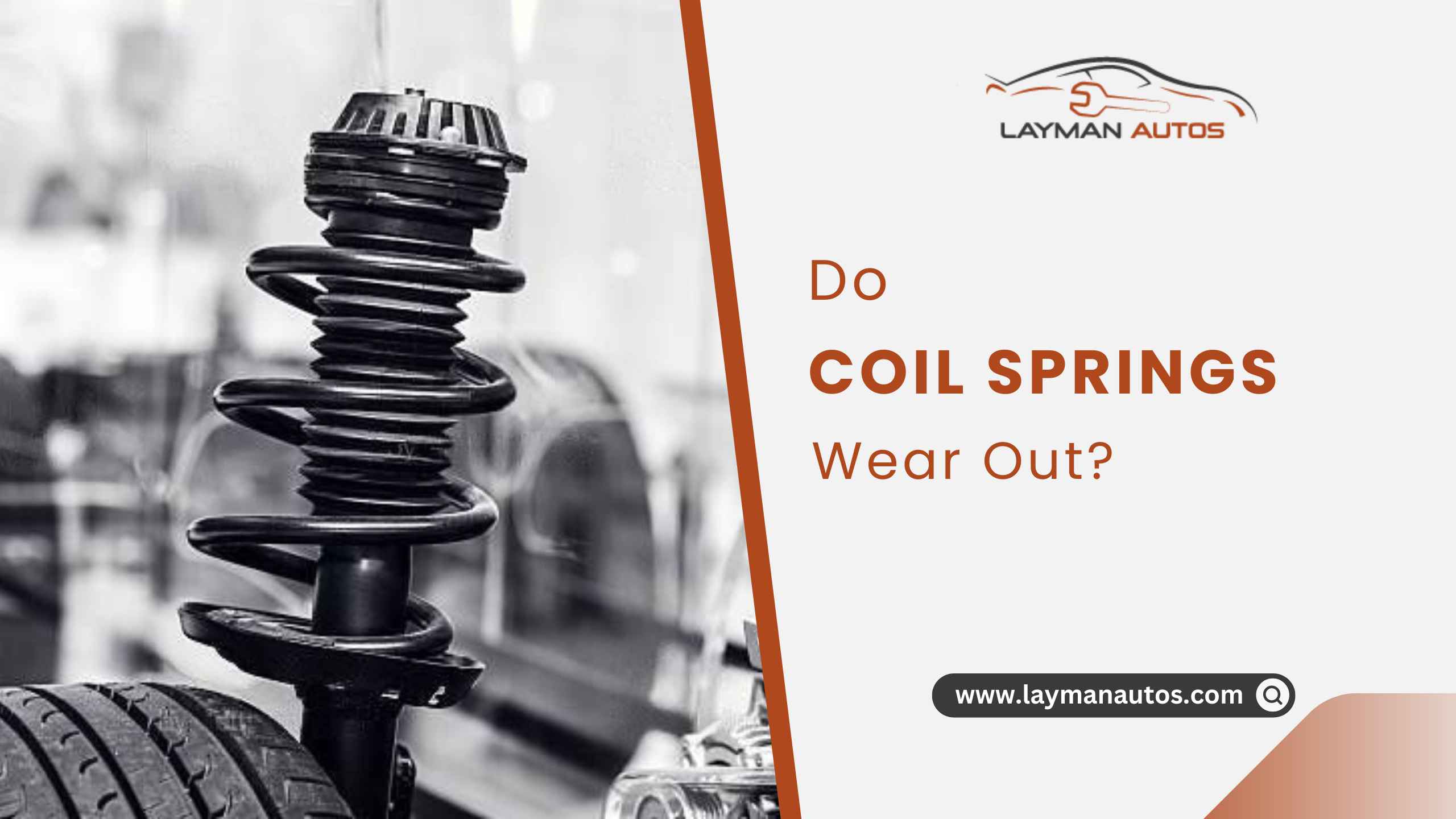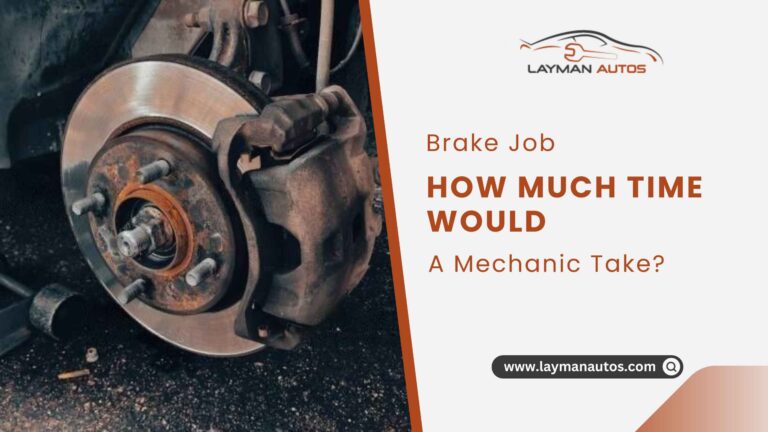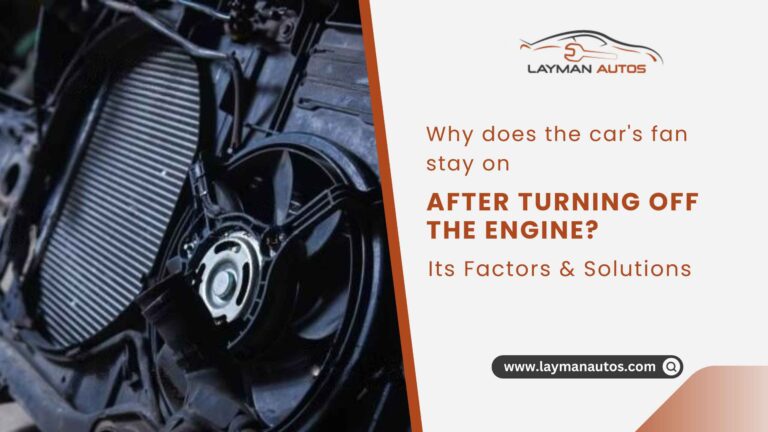Do Coil Springs Wear Out?
In the back of most modern automobiles are shock absorbers, while the front is supported by spring and strut assemblies. Shocks and struts serve the same purpose, with the addition of front suspension springs being the primary distinction between the two (note that some cars do have springs in the rear).
Do coil springs wear out? Suspension spring coils are often coated with paint to prevent corrosion and rust. They’re rugged since they bear the brunt of the vehicle’s front end and engine as you drive. Your suspension is always in good working order. Driving puts more strain on them, but parking puts more strain on them.

Suspension springs lose part of their “springiness” and might droop somewhat over time. While total failure is extremely uncommon, most motorists can expect their springs to serve them reliably for the duration of their vehicle’s lifespan.
However, they are vulnerable to damage in a number of situations, including collisions and the failure of other suspension components that lead to a domino reaction that ultimately breaks the spring. If the paint chips off and the metal underneath is exposed, they might be harmed by rust and corrosion as well.
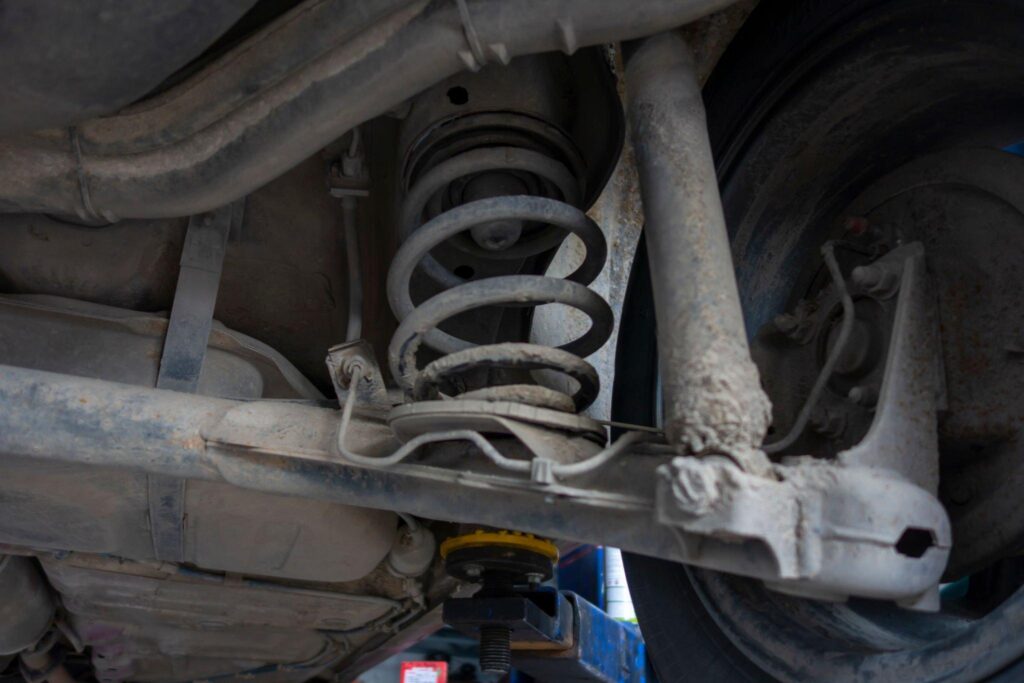
Coil spring suspension can be used in a variety of contexts. The strut in most front-wheel-drive vehicles has a coil spring fitted to it. Heavy-duty automobiles use coil springs and shocks for suspension. Coil-over shocks are another widely used product in the suspension industry. A coil spring is similar to a strut in that it encircles the shock.
However, unlike a strut, it is not often attached to the steering knuckle by bolts. Coil springs last longer than shock absorbers and struts, but both should be inspected whenever you work on the suspension.
Do Coil Springs Wear Out? Needs Replacing
After some use, coil springs can and will break. Yet many coil springs, depending on their placement in the car, can endure the lifespan of the vehicle. Even though coil springs don’t have a “use by” date, there are a few things you should look for while evaluating your suspension.
Even though suspension spring failure is extremely uncommon, and you probably won’t ever have to replace them, it’s still beneficial to be aware of the warning signals. A broken spring might cause serious problems with your suspension (the strut would receive significantly more stress than it was designed to handle).
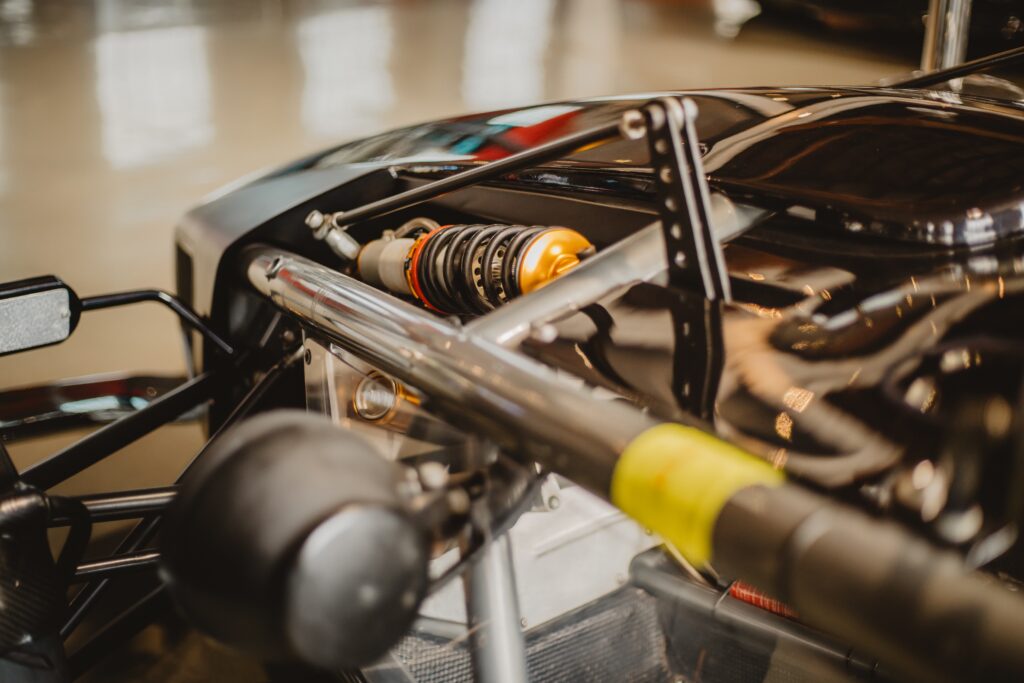
The shocks or struts are responsible for damping the ride once the coil springs have done their duty of supporting the vehicle’s weight. You can determine how many times the front and back suspensions will bounce after being released from the car by bouncing them. Inadequate shocks or struts would result in two or more complete bounces.
The question is, “Why?” The primary suspect is probably old age. Replacement of the shocks or struts often restores the vehicle’s performance to its pre-damage state, although coil springs last far longer.
Weak Coils
However, coil springs will eventually break under the weight of weak shocks and struts that have been disregarded for too long. Clunks and bottoming-out noises occur when the coils are no longer strong enough to support the vehicle’s mass. In addition, shocks and struts will be harmed by weakening coils since their rebound distance will be far longer than it should be.
The ride height of the car will be compromised due to weak coils, which will have a knock-on effect on the vehicle’s alignment. You can tell if the coils are cooperating with the shocks and struts by measuring the ride height and comparing it to the specs.
Signs of a Coil Spring That Needs Repair
In the event that your car has coil springs, a number of issues may arise. Therefore, be wary of the following signs of a damaged coil spring:
1. Noticeable Vehicle Sagging
The underbelly of any vehicle carries the lion’s share of the weight, hence a set of coil springs is used to evenly distribute that weight. If the vehicle doesn’t have these springs, it would likely droop when loaded to its maximum capacity.
There are a few telltale signs that your vehicle is sagging. Though you may not see the drooping at first, you may soon feel it when you’re behind the wheel. Sag may be to blame if you have the sensation of tilting when driving.
Parking the truck on a flat road or driveway might potentially reveal sagging from an aesthetic aspect. When viewed from the side, a car with weaker coil springs will have a noticeable downward tilt between the front and rear bumpers.
2. Unusual Tire Wear
The rear tires of a vehicle usually take the most hit when the coil springs in the suspension system break. Wear and stripping of the tires are likely to occur much before you would normally need to replace them owing to the escalating nature of the problem. Tires that have been stripped need to be changed as soon as possible, much like coil springs, to avoid an unexpected blowout on the highway.
There are other, more subtle signs of inadequate coil springs, such as accelerated tire wear. Slowly deteriorating springs will cause the tires to carry an uneven load. As a result, the tires will be forced against the pavement at unnatural angles, leading to gradual misalignment.
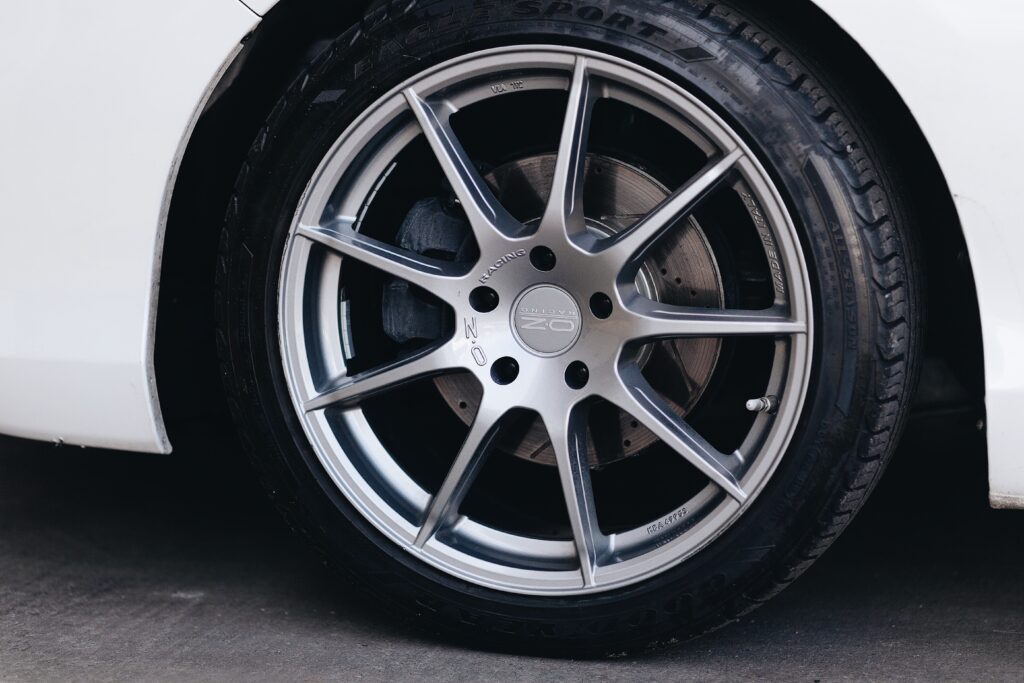
Don’t forget that the truck’s chassis, tires, and suspension were built to accommodate a particular distribution and balance of weight. Everything is affected when the equilibrium is disturbed. Because of this, the rubber is more likely to degrade in unexpected ways when tires carry loads with atypical distributions.
Misaligned and abnormally worn tires pose a particularly serious threat when transporting big loads over rough terrain. It’s easy to picture the havoc that gravel roads and hilly terrain would wreak on tires that are already made incapable of handling flat, level roads and highways.
3. Disturbing Sound
Coil springs and shocks reduce the amount of noise your truck makes along its underbelly, which is one of the wonderful benefits of having a suspension system. The truck would be loud and unpleasant to drive because of the stress placed on the axle and wheels by the vehicle’s weight.
If the coil springs and shocks are in good condition, the suspension should be rather quiet. One possible sign that it’s time to repair the truck’s springs and shocks is if you’ve noticed a steady increase in the noise it makes on the road. Driving over speed bumps or other road defects that cause your car to jolt is likely to draw attention to the issue.
Replacing Bad Coil Springs
Because of the stored energy in the coil, replacing a coil spring is riskier than replacing a leaf spring. It is vital that the old spring be uncompressed gently and removed carefully. There are a few things you’ll need in order to change out a worn-out coil spring:
Coil spring compressor, jack, jack stands, replacement springs, ball joint remover, and pry bar.
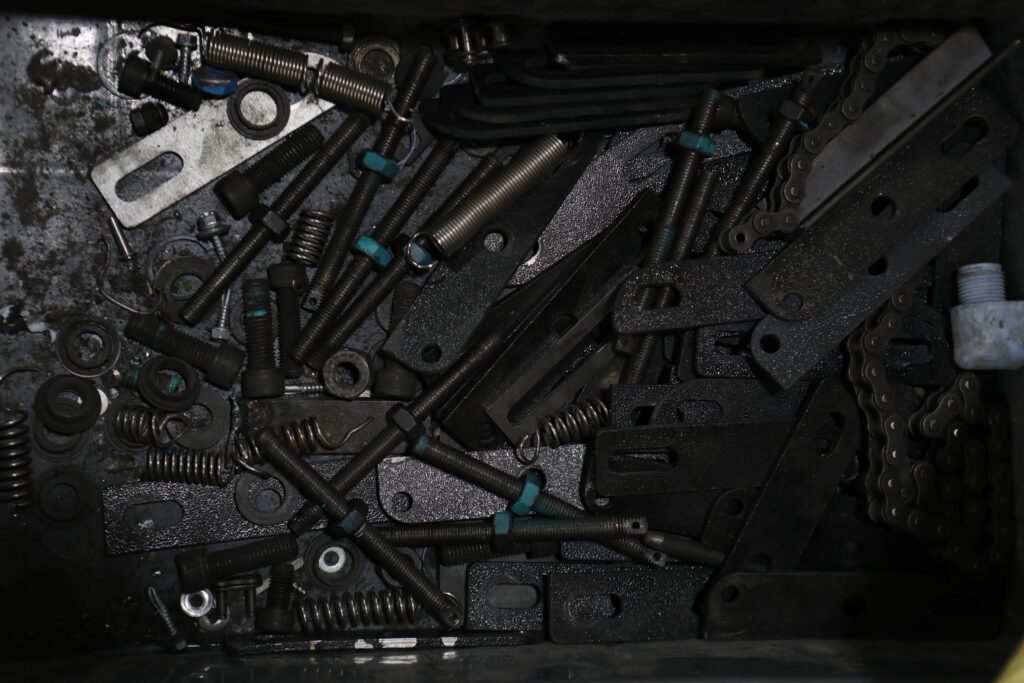
Coil springs should always be replaced in pairs; if one spring has to be replaced due to wear and tear, the other spring should be replaced as well. This will guarantee that the two springs are compatible and have similar ratings. Inconsistent timing of spring replacement might lead to suspension instability.
It might take a few hours to replace a coil spring for the first time. Choose an afternoon when you won’t have other obligations and can focus on the assignment without distractions.
To change a truck’s coil spring, you’ll need to jack it up and use jack stands to keep it off the ground while you work. Begin by removing the tire and nuts from the side you choose to work on first. If you get confused about reattaching the components on the first side, you’ll have the completed side to look back to.
Get rid of these parts:
Brake rotors, caliper, and lower ball joint knuckle.
Conceivably, the spring has to be compressed. This is done by slowly compressing or releasing the coil by turning the thru-bolt. Suppress the rusty coil spring by removing it. Squeeze the new spring into place. Replace the old coil with the new one and put everything back together. The top and lower coil seats must be reattached as well. Reduce the pressure on the new coil and loosen the bolts.
The same procedure must be followed on the opposite side of the truck. After you have finished both installs, you should test drive your truck, ideally in a remote region where there are no other cars. Is the truck quieter and smoother to travel in than it used to be? Having done so, you may consider your first attempt at replacing a coil spring a success.
Dangers Of Driving On A Broken Coil Spring
Having a damaged coil spring while driving is a serious issue. Damages your handling of the car and makes for an unpleasant ride. Worse, a broken coil spring can lead to more vehicle failure, which will require additional, expensive repairs. Due to these risks, driving with damaged coil springs is strongly discouraged.
Some of the major risks and disadvantages of driving with a damaged coil spring include the following:
1. Difficult Ride
Broken coil springs pose a serious threat to the safety of everyone who gets behind the wheel of a car because of the instability they introduce into the ride. If your coil springs are broken, you might expect your car to bounce around more than usual when driving. A damaged coil spring may cause your car to bounce excessively, especially over speed bumps, so keep an eye out for that while you’re driving.
If your coil springs are in poor condition, you might expect increased bounce when driving over obstacles or bumps. It’s important to fix broken coil springs as quickly as possible to reduce the vehicle’s bouncing, which can cause severe discomfort.
2. Less Control
Vehicle control is compromised when a truck’s spring breaks. An increase in vehicle sway, caused by a destabilized suspension system owing to a weakening coil or broken coils, is one of the key causes that affect your ability to drive your truck. Turning sharply might be difficult if the vehicle is swaying.
3. Damage to Other Parts
When a coil spring breaks on your vehicle, it no longer provides the same level of support for the suspension and might place additional strain on other parts. When a vehicle’s spring is neglected for an extended period of time, it can cause serious harm to other components. It may be more expensive and take more time to fix this level of damage.

When a coil spring breaks, the tires are one of the most vulnerable sections of the car. If your truck’s coil spring breaks, the body might drop below the tire and rub. The tire might burst under strain. It’s possible to have a serious accident if you’re going really quickly when this occurs. The ruined tire will add to the total cost of fixing the car.
4. Greater Noise Pollution
The noise made by a broken coil spring is a major issue. The suspension system’s ability to dampen the force exerted by the vehicle’s weight on the wheels and axles is compromised when a coil spring breaks. If your car doesn’t have a good suspension system, it will emit annoying noises as you drive, which will be both distracting and dangerous.
Final Thoughts
In sum, the condition of coil springs in a vehicle’s suspension system plays a crucial role in maintaining a smooth and controlled ride. Worn springs can lead to instability and compromise the vehicle’s handling, making it essential to replace them when necessary.
By installing new springs, along with properly functioning shock absorbers and struts, the suspension components can effectively support the weight of the vehicle and ensure optimal control. Regular inspection and maintenance of coil springs, rear springs, control arms, and strut assemblies are vital to preserving the overall performance and safety of the vehicle’s suspension system.
Frequently Asked Questions
What are the benefits of installing new coil springs?
Installing new coil springs enhances the vehicle’s suspension, reduces maintenance expenses, keeps tires in good shape, raises the vehicle, and increases its carrying capacity.
How do Coil Springs wear out?
Although coil springs seldom fail, they will eventually wear out if your vehicle is used in dangerous conditions on a frequent basis. Coil springs can deteriorate with exposure to dirt and water. Water may be especially detrimental since it can cause the coil to corrode and become brittle if it is exposed to it often and for extended periods of time. Over time, repeated stress from driving with a heavy load can weaken the coils in a vehicle’s suspension.

